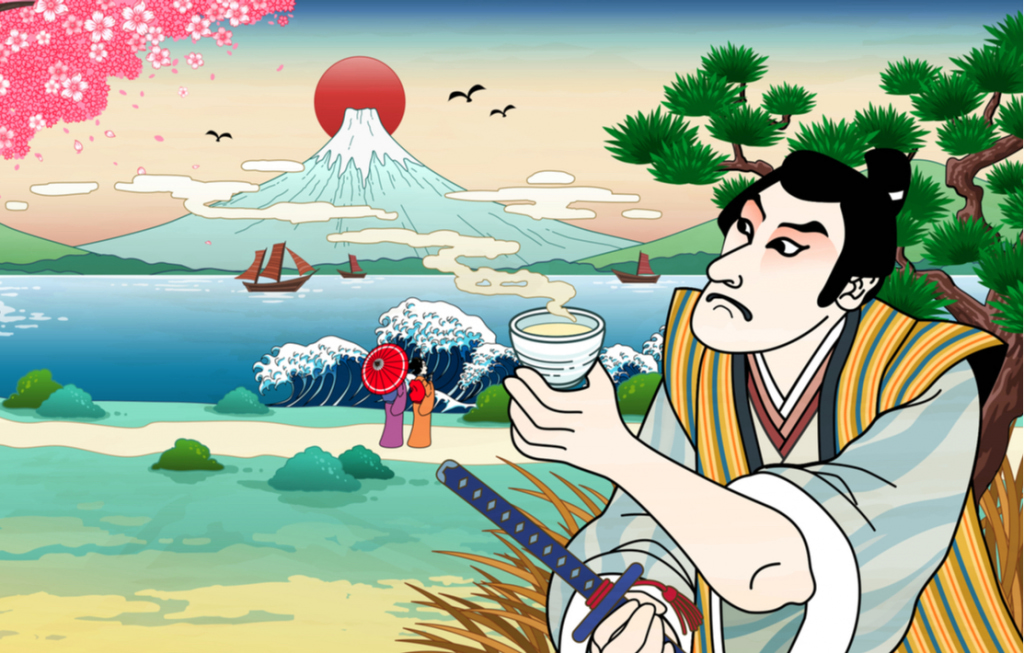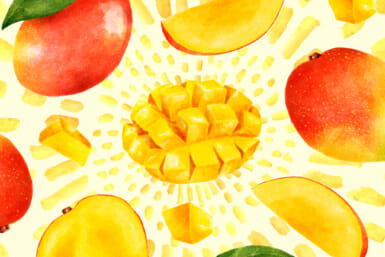Japanese sake is taking the world by storm. Yet, even though many people drink it, it remains a misunderstood drink. You may know your dry wine from your sweet wine, but what about the difference between ginjo and daiginjo?
Here are some sake tips to help you improve your knowledge significantly and quickly.
What is sake and how is it made?
The word ‘sake’ simply means alcohol, so in Japan, beer, wine and shochu are technically all sake. However, the sake we are talking about is known as nihonshu in Japan. It is the country’s national drink – literally meaning “Japan’s alcohol” (日本酒). I’ll keep referring to it as sake as that is what it’s commonly called around the world.
First things first, knowing how something is made is crucial to understanding it in more detail. Sake is an alcoholic drink, typically containing around 14-16 percent alcohol, with a legal maximum of 22 percent. It is a brewed alcoholic drink in which the only fermentable ingredient is rice. So, one can say sake is brewed, like beer. It is not distilled like whisky, vodka, gin, or Japan’s indigenous spirits such as awamori. It’s made with a minimum of four ingredients: rice, water, yeast and koji mold. Some sake is made with the addition of brewing alcohol and some sake contains additives such as sugars and organic acids.
Rice, the fermentable component, contains lots of starch but no sugar. When making sake, we convert the starch to sugar using koji mold and the sugar to alcohol using yeast. In beer, these processes take place sequentially, but for sake, they happen at the same time in the same tank. This makes sake one of few beverages in the world that’s made using a process called multiple parallel fermentation.
View this post on Instagram
Accept that sake isn’t a type of wine
Yes, sake is sold in bottles that look like wine bottles and is sometimes served in wine glasses. They also both have an Alcohol by Volume (ABV) of around 14 percent, but sake is not a wine. You might have heard Japanese people describe sake as Japanese wine, but that is mostly an attempt to compare it to something familiar to foreigners. Analogies can help draw people to a subject and provide a foundation for exploration. However, trying to find a direct correlation can impede your appreciation of the drink on its own merits.
One of these false correlations is the need to characterize sake as dry or sweet. Sake generally has less acidity and bitterness than wine but more umami and sweetness. The term karakuchi (辛口), which you see on sake bottles, is often translated as dry, but it has a different nuance to that which is typically expressed in a dry white wine.
Unlike wine, the length of finish of a sake, known as the kire, is not directly indicative of its quality. In fact, a precise, short finish is a very desirable quality for a sake.
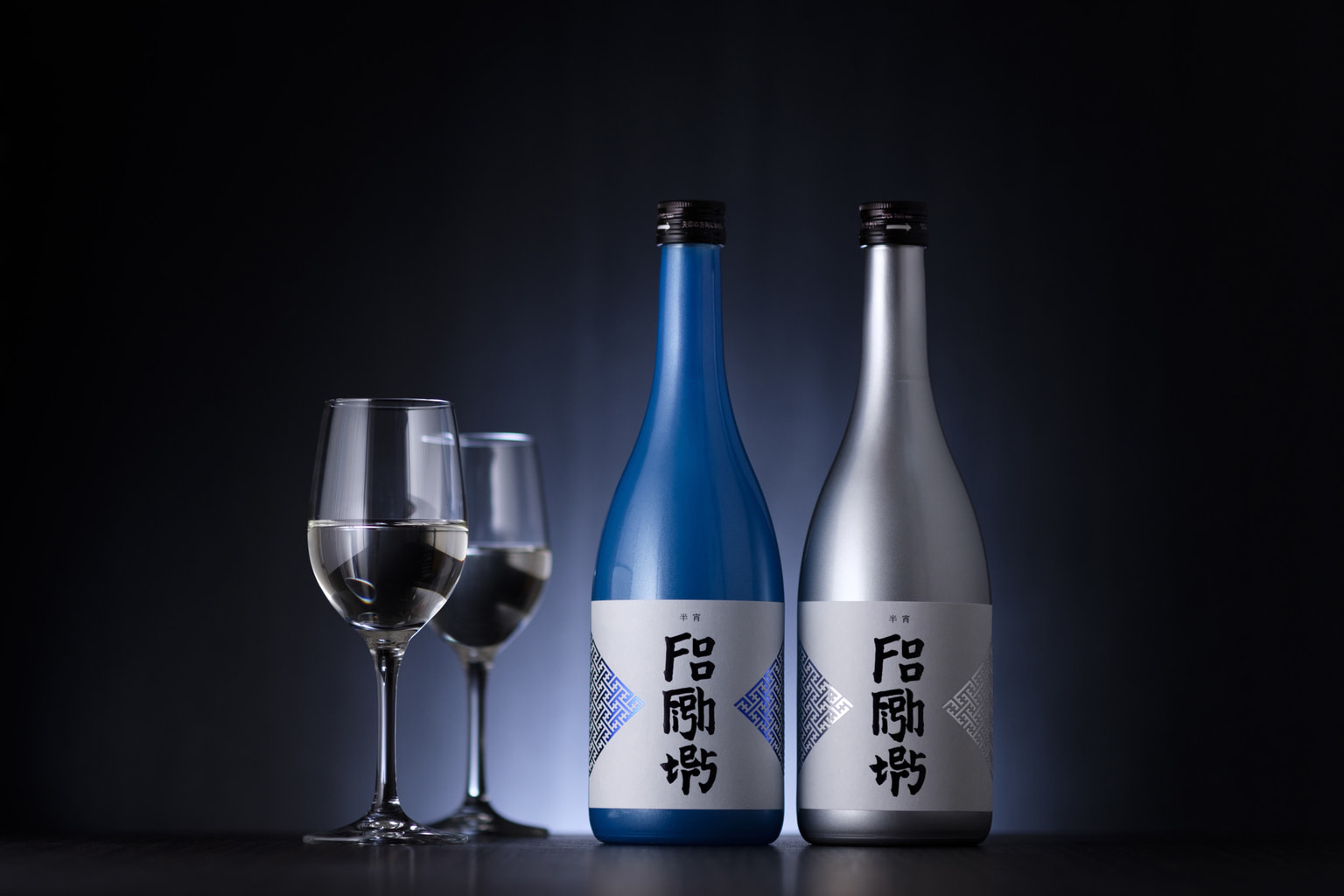
Photo courtesy of Tatenokawa Brewery
Learn sake terminology – junmai and ginjo
The key metric that differentiates ordinary sake and its higher-graded variants is the rice polishing ratio. The outer husk of a grain of rice contains fats, proteins and lipids. This makes it great to eat, but can lead to a lot of off-flavors when brewing sake. To reduce this effect, we remove some of the husk in a process called milling or polishing.
The rice polishing ratio can often be found on bottles. If minimum levels have been met, brewers can put certain terms on their bottles. The term ginjo (吟醸) means the rice has been polished to at least 60 percent. 40 percent of the husk has, therefore, been taken off. A daiginjo has been polished to at least 50 percent.
Junmai means “pure rice” so no brewing alcohol has been added. It follows that the highly appreciated junmai daiginjo sake is made of pure rice polished to at least 50 percent.
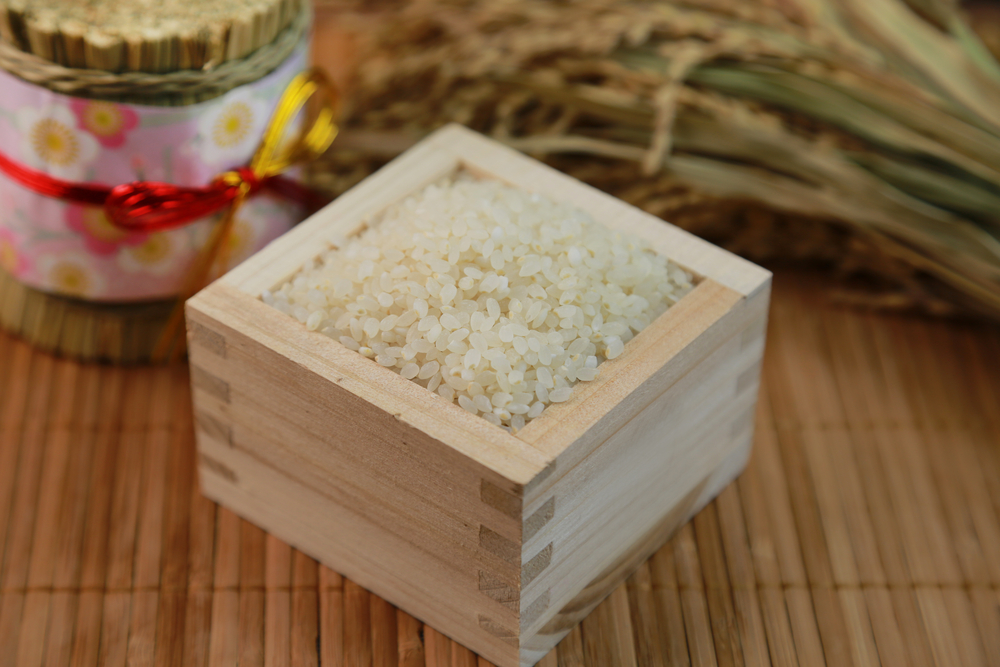
Polished rice
Explore different styles of sake
Just because a sake is not junmai doesn’t mean it’s inferior. A small amount of brewing alcohol can transform and enhance flavor profiles and aromas. This can make for some incredible sake. Similarly, just because a sake uses more polished rice, that doesn’t make it intrinsically better. For example, it doesn’t always mean that higher quality rice was used in the first place.
All else being equal, and it rarely is in sake, the more polished the rice is, the lighter and more refined the sake will be. You shouldn’t confine your consumption, though, as it could shut off a world of complex flavors.
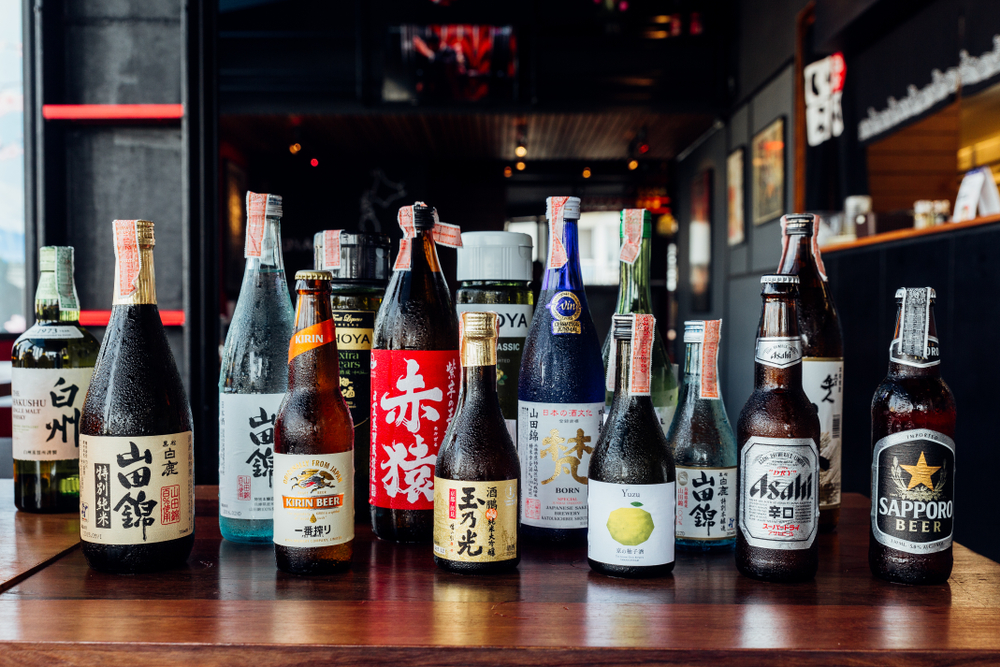
These concepts are relatively new. The 1930s saw the invention of a vertical rice milling machine which made it easier to polish sake rice. In 1980, Dewazakura, a sake brewery in Yamagata, launched a Ginjo sake named Oka Ginjo. Initially made for competitions, the word was rarely known outside of the sake brewing community. Its popularity triggered the so-called Ginjo boom of the 1980s.
As for adding alcohol, it’s been known since the Edo Period that adding brewers’ alcohol can help draw out enhanced aromas and flavors when producing sake. During World War II rice supplies were precious, so the Japanese government ordered sake makers to cut their products with brewers’ alcohol. As rice supplies normalized post-war, some brewers returned to producing sake without brewers’ alcohol and other breweries followed suit.
Check out a Honjozo sake – this has a rice polishing ratio of 70 percent or less with some brewers’ alcohol added. The flavor profile typically pairs well with a variety of foods. Ultimately, trust your own taste preferences. Sake that isn’t junmai-daiginjo will often be much cheaper. Explore a world that will leave your taste buds happy and your wallet heavier.
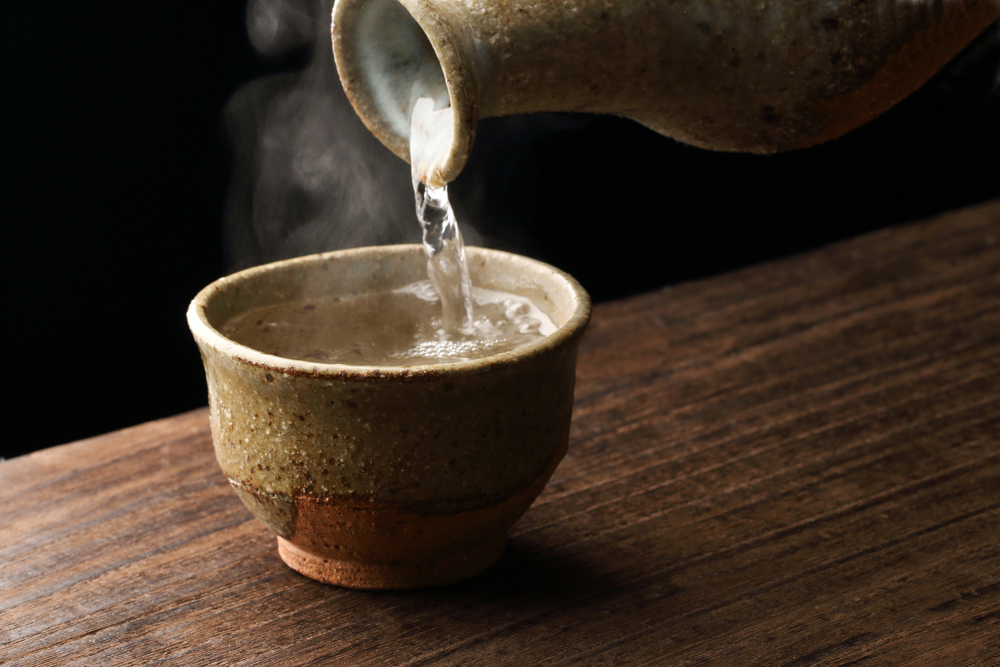
Understand the sake temperature spectrum
Sake can be enjoyed at a range of temperatures, from chilled to room temperature and even hot. It all depends on the drink, the season, and individual preferences. The taste and aroma of a sake may change dramatically depending on the temperature it is served at. Some sake drinks are better to consume chilled, others warm and there are those that are excellent either way. The label on the bottle may indicate the recommendation of the brewery, but you might want to experiment to see which one you prefer.
Many sake experts say that ginjo and daiginjo types are usually best served slightly chilled to enhance the taste experience, while many honjozo ones do well either way.
Hot sake is commonly referred to atsukan and is traditionally heated by placing a ceramic sake container (called a tokkuri) in a pot of hot water and left to warm up to around 50 degrees Celsius. Avoid heating it too quickly or too intensely. Some suggest avoiding a microwave for this reason, but if you have experimented with your settings, then that can work too.
If you’re after chilled sake, ask for reishu or hiya style when drinking out. This is normally served between 5 and 10 degrees Celsius.
Joukan is often translated as room temperature but more correctly refers to serving at 15-20 degrees Celsius. Most professional sake tasting is done at this temperature because it is considered to be the point at which the sake’s flavors are most balanced.
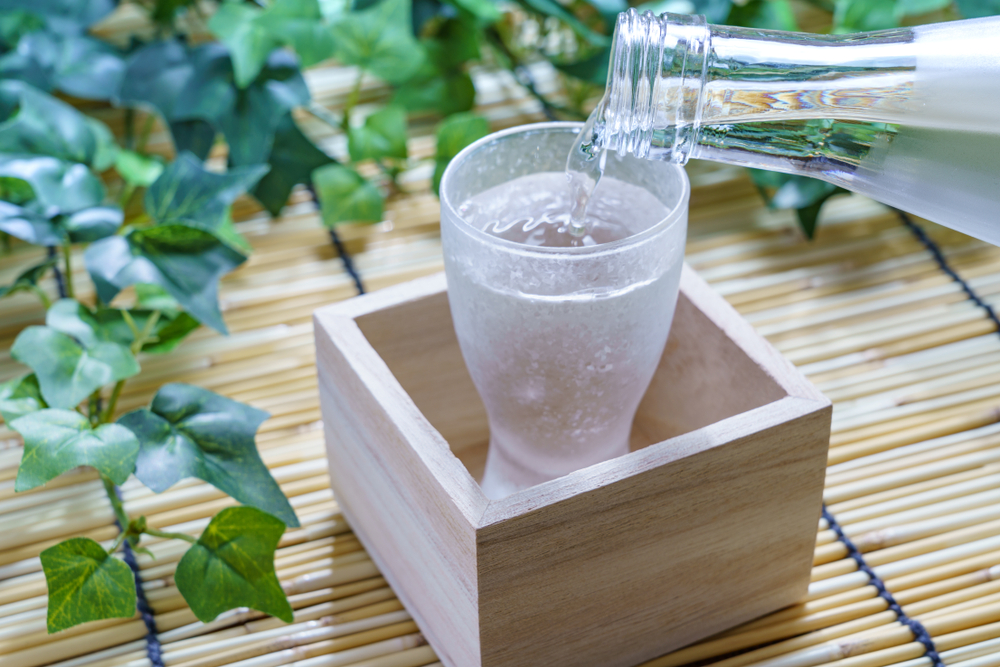
Some like it hot
As it happens, in general, less polished rice is considered better for hot sake, since warming these types of sake tends to draw out their complex flavors. Given that rice polishing adds considerable expense to the sake-making process, this has led to the unfortunate corollary that hot sake is cheap sake, ergo bad sake and something to look down on. However, hot sake is not bad sake. In fact, some of the most beautiful sake is made to be served warm.
The binary hot vs. cold mindset is something more commonly encountered overseas. During the Edo period in Japan, sake was usually served warm all year round. There were exceptions. For example, Shinto religious rituals would usually serve cold sake. It was only in the 1980s, during the ginjo boom, that chilling sake became the norm. It has also been influenced by the practice of chilling white wine.
These tips will help you ramp up your sake game, so next time you will know exactly what you’re drinking and why. Kanpai!

